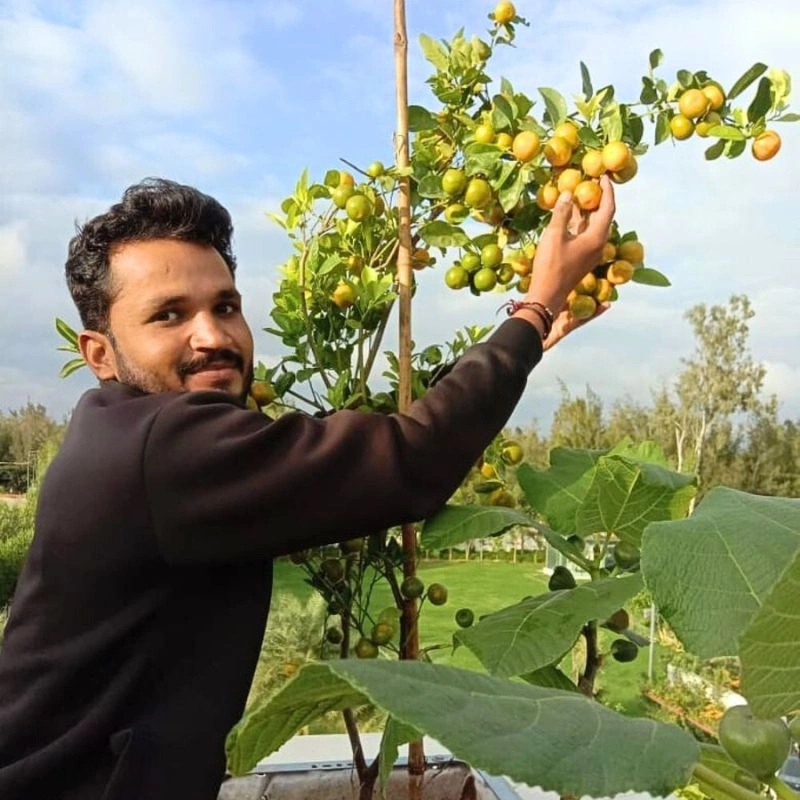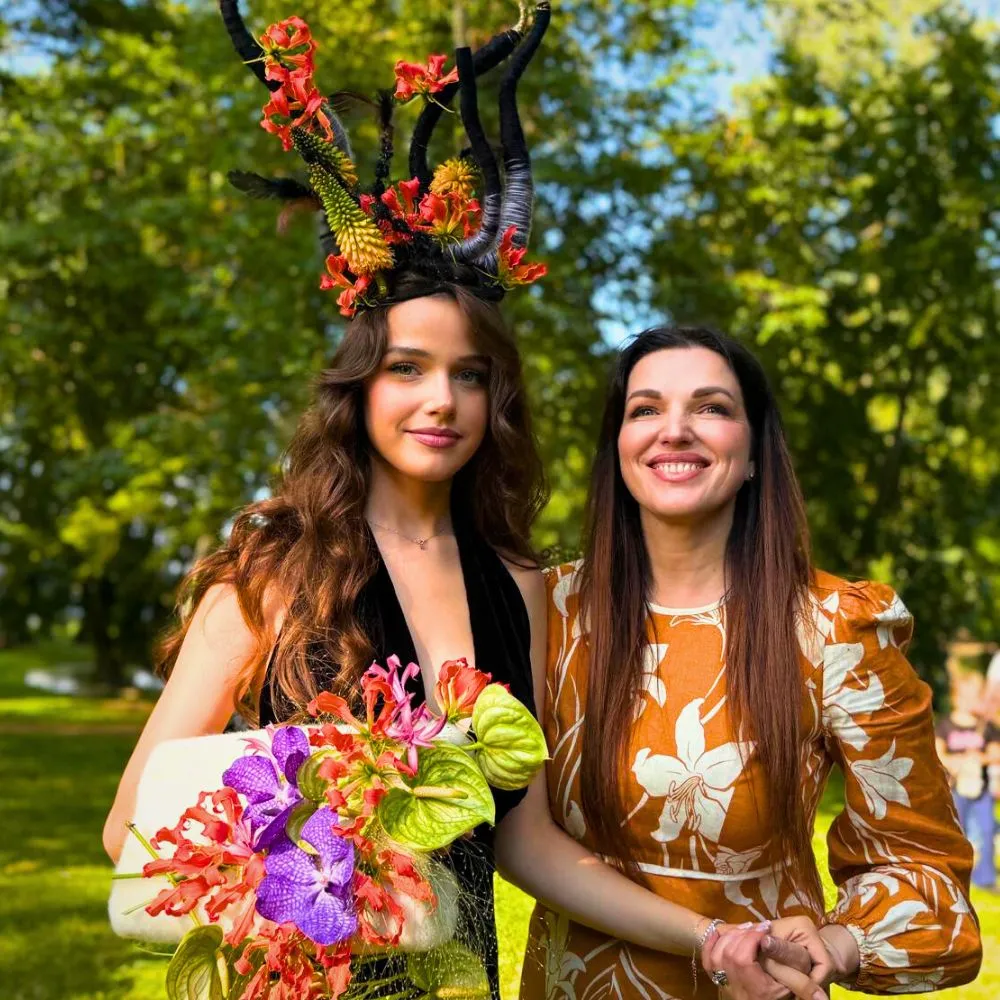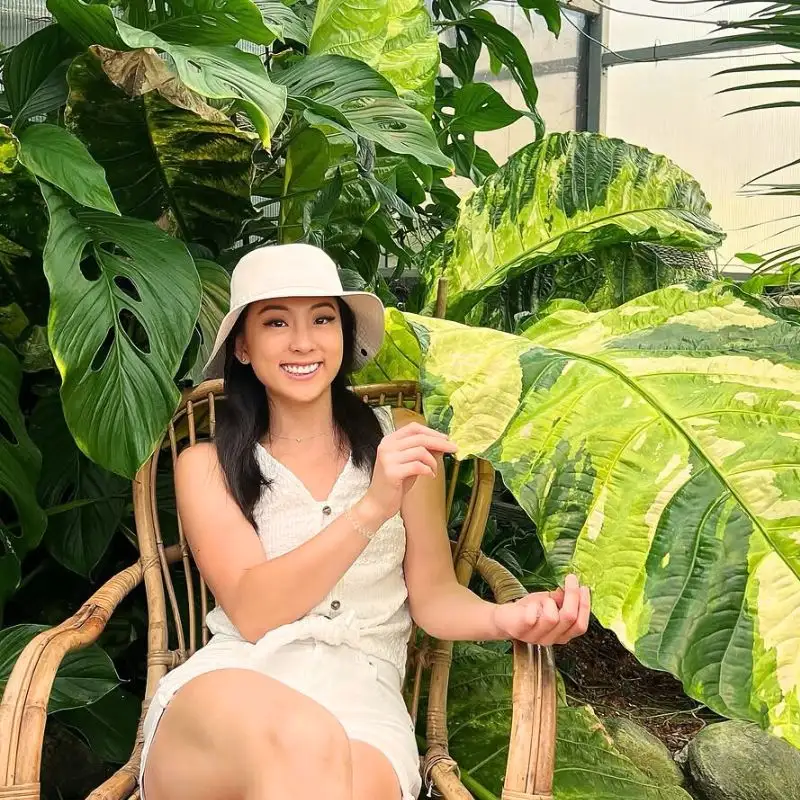In the quiet hum of a bee, the delicate landing of a butterfly, or the soft whir of a hoverfly’s wings lies a survival story, with the protagonists being both them and humanity. Over 70% of global crops benefit from insect pollination, including many of the fruits, vegetables, and nuts we rely on. This means that 87 out of 115 of the world's leading food crops would stop producing food if bees cease to exist. So, it is clear that pollinators are responsible for healthy ecosystems and global food security. Yet today, they face mounting challenges from habitat loss, pesticide exposure, and climate shifts. Fortunately, home gardeners have a powerful role to play. Even in the smallest gardens or balconies, they can contribute to local biodiversity and support these vital creatures. Here you can read more about Contemporary Gardens Offer a Fresh Take on Modern Outdoor Living
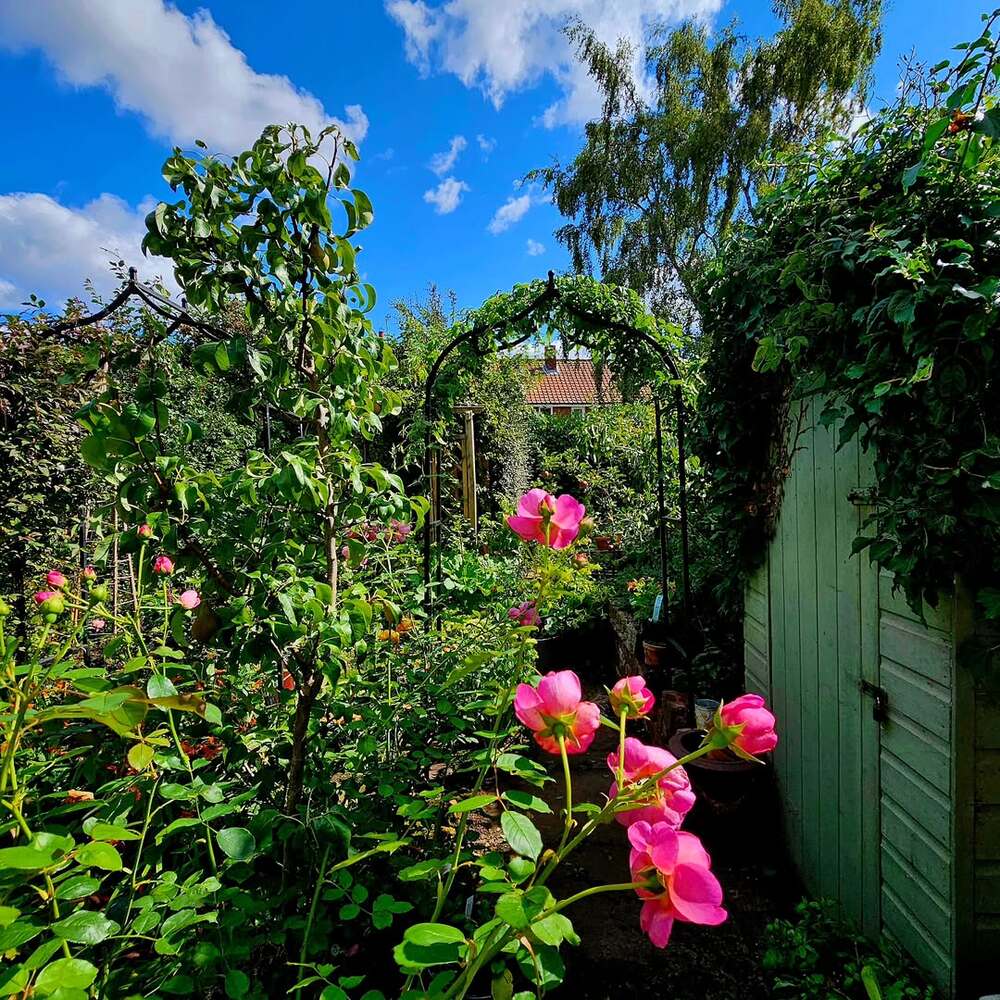
What Pollinators Truly Seek
We can effectively support pollinators if we understand and support their fundamental needs. Like humans, these creatures need basic resources: food, water, shelter, and adequate space to sustain their populations. A truly supportive garden holistically addresses all these needs, rather than focusing on just one aspect.
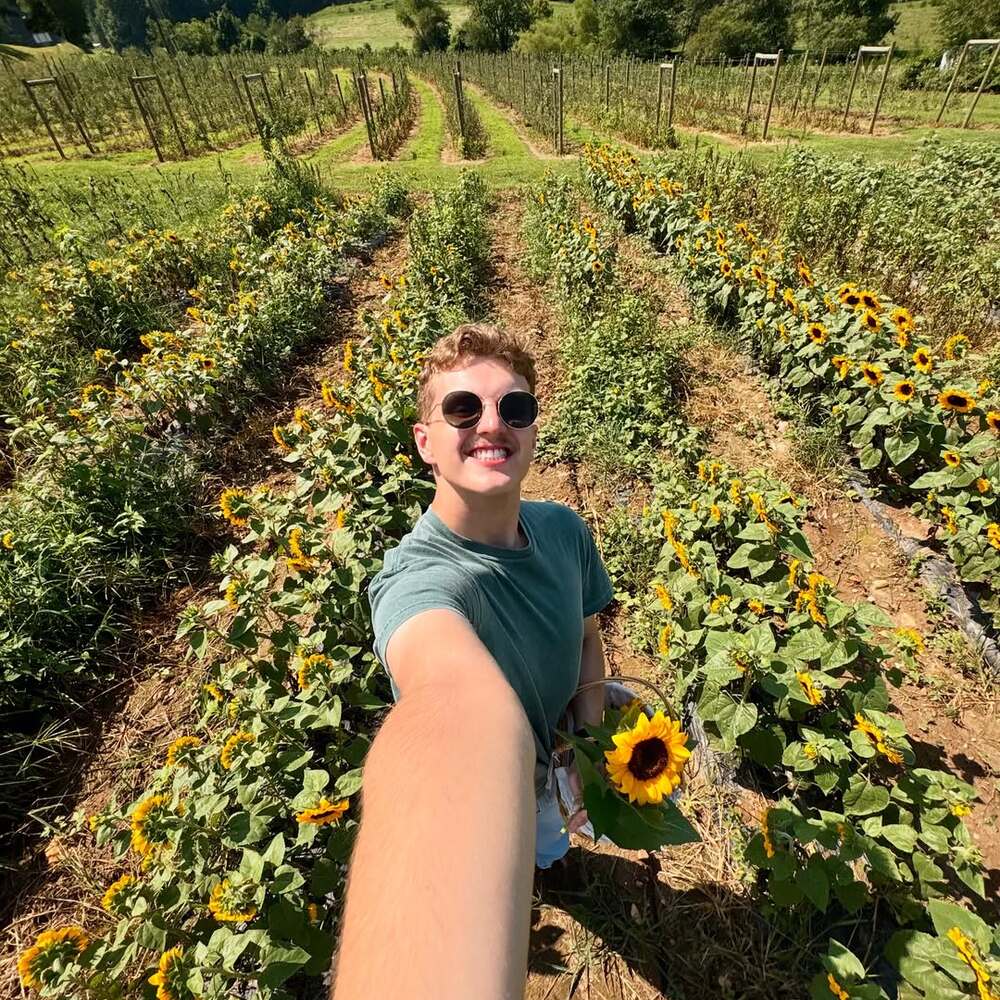
Building a Pollinator-Friendly Garden
Provide Continuous Bloom
Pollinators don't thrive on just one plant since they need a continuous supply of nectar and pollen across seasons. The goal is to maintain a "nectar calendar," and be sure that we have plants always in bloom from early spring to late autumn.
To do this:
- We should diversify our plant palette. Include a mix of native wildflowers, herbs, and ornamental plants. Aim for different shapes, colors, and flower structures to attract a broad range of species.
- We need to prioritize bloom times. Snowdrops and crocuses in early spring, lavender and bee balm in midsummer, and goldenrod and asters in the fall can keep pollinators coming back all year.
- Group plantings. Instead of scattering individual plants, cluster them in groups of three or more. This reduces foraging effort for bees and butterflies and increases your garden’s visual impact.
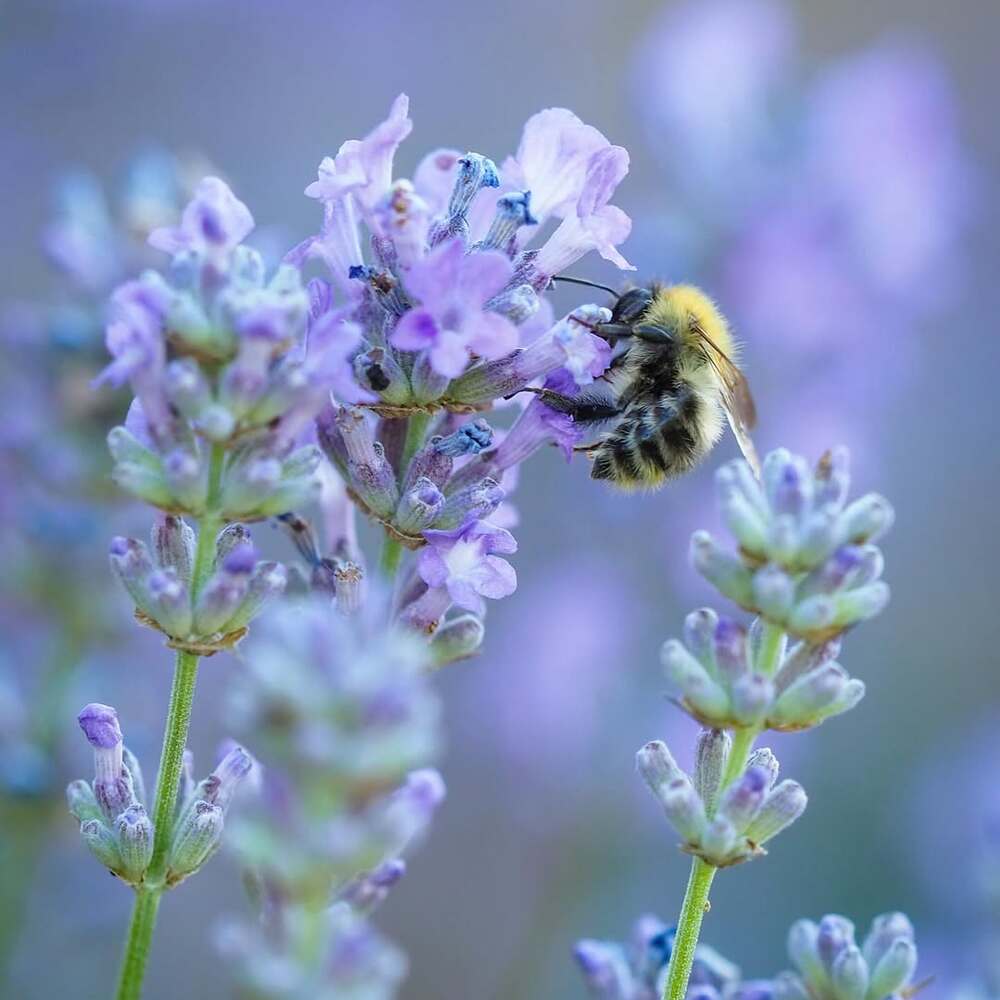
Expert tip: Native plants tend to support a higher diversity of pollinators than ornamental cultivars. For example, wild-type echinacea or milkweed offers more accessible and nutritious nectar than double-flowered hybrids.
Example of nectar calendar
How to Provide More Than Just Flowers
Food alone isn’t enough. To truly support pollinators and beneficial insects, a garden must also provide shelter and water.
Nesting and Shelter
- We can leave patches of bare ground. Around 70% of native bees nest in the soil. Avoid excessive mulching and tilling.
- It is really recommended to preserve hollow stems and brush. Many solitary bees and beneficial insects use these to nest or overwinter. Delay your garden cleanup until spring temperatures consistently reach 10°C (50°F).
- Another supportive way is to incorporate insect hotels. Structures filled with bamboo canes, straw, and drilled wood offer safe havens for cavity-nesting bees and beetles. Place them in sunny, sheltered areas, away from rain.
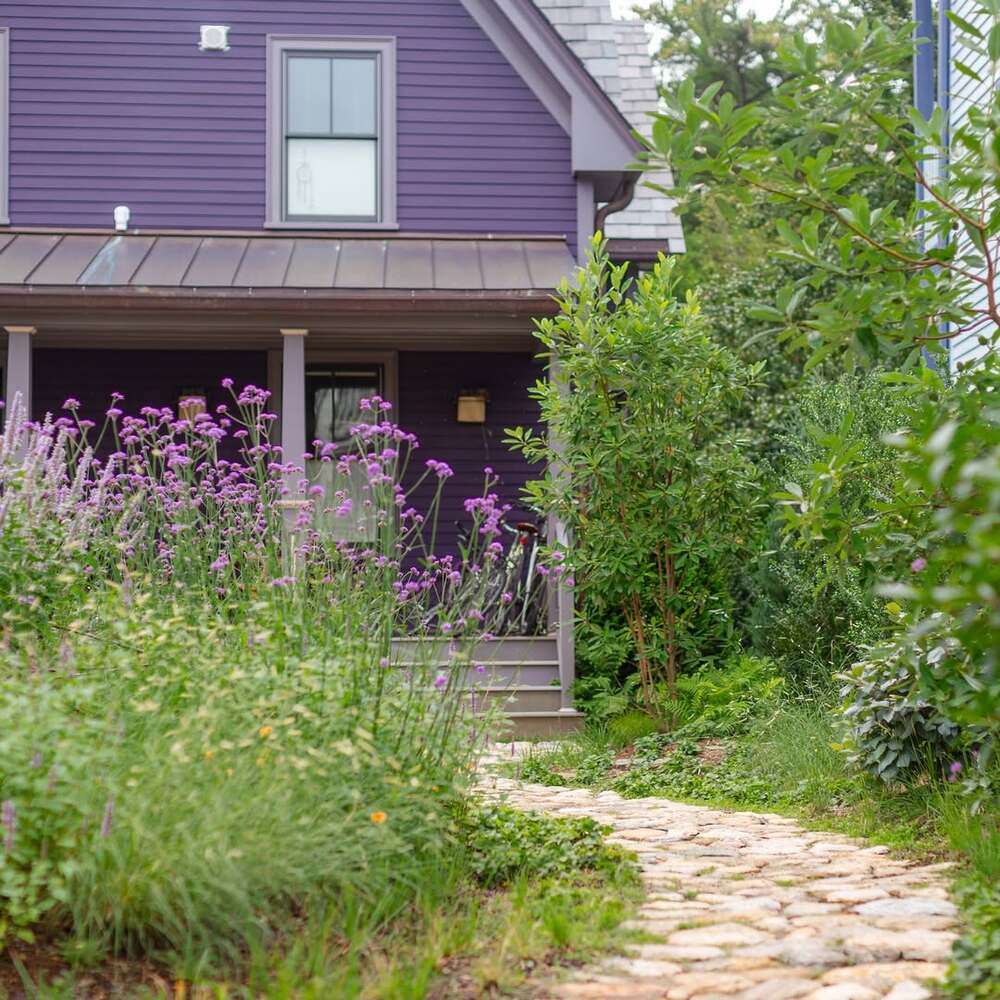
Water
A shallow dish with fresh water, pebbles, or floating corks can be a vital water source, especially in urban environments or very hot periods. Floating corks or small wood pieces help bees and other small insects stand on them and drink water without drowning. Clean and refill it regularly to prevent mosquito breeding.
Birds as Allies
Some bird species also act as pollinators or pest control agents. We can install a small birdhouse, or we can plant some berry-producing shrubs that birds love, to enhance our garden’s diversity and stability.
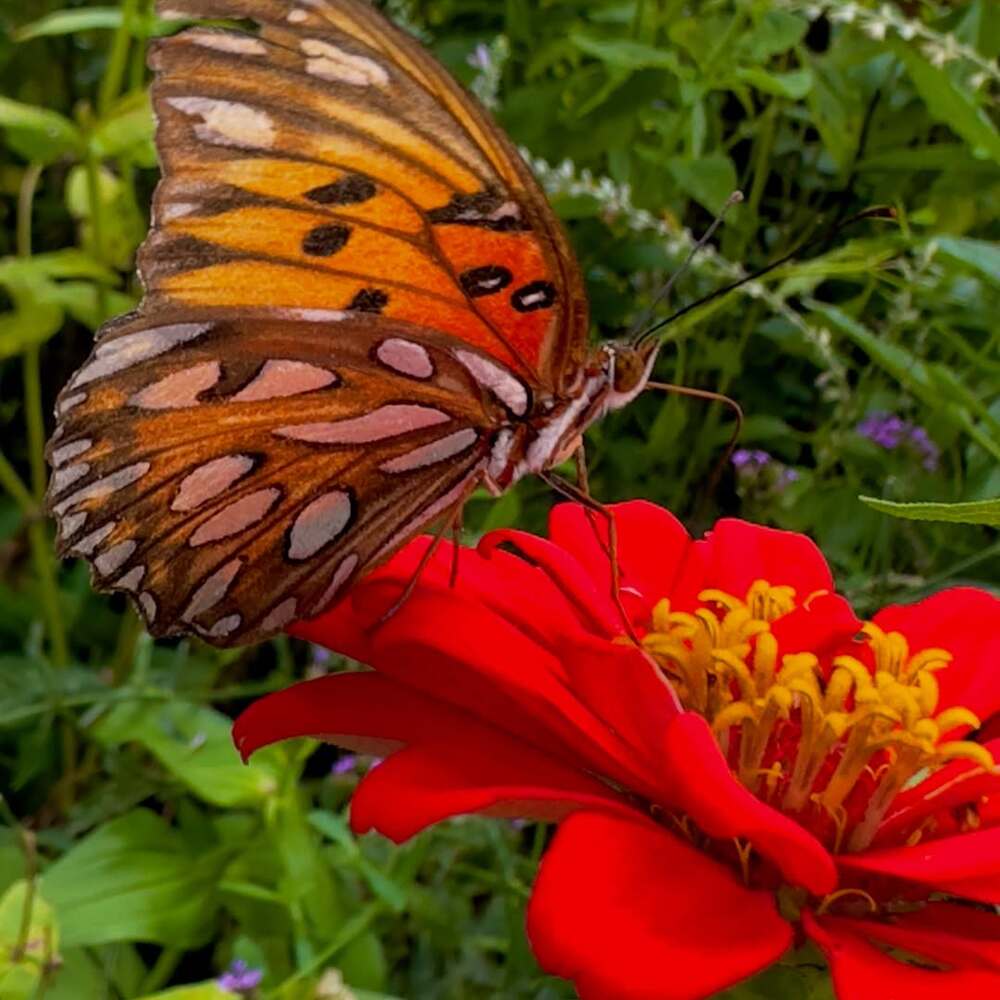
Growing Herbs: Good for You, Great for Pollinators
Many common herbs offer a dual benefit to the small-space gardener: they provide fresh ingredients for the kitchen while simultaneously serving as valuable nectar sources for pollinators, especially when allowed to flower.
Herbs such as basil, marjoram, mint, oregano, sage, thyme, chives, and garlic chives produce flower spikes that are highly attractive to bees and other beneficial insects. The clustered nature of many of these herb flowers makes them particularly efficient foraging sites for bees, allowing them to conserve energy as they move from bloom to bloom.
Beyond nectar, certain herbs also function as crucial host plants for specific butterfly species, supporting their larval stages. Cilantro, dill, fennel, and parsley, for instance, are host plants for swallowtail butterfly caterpillars. While the sight of chewed foliage might be a concern for some, recognizing this as a sign of ecological success is important; if desired, these host plants can be strategically placed towards the back of the garden where their foliage damage is less prominent.
Herbs are generally well-suited for container gardening due to their typically compact growth habits and their preference for well-drained soil. Furthermore, since containers can be moved, this allows gardeners to bring tender perennial herbs indoors for overwintering in colder climates, extending their productivity and enjoyment.
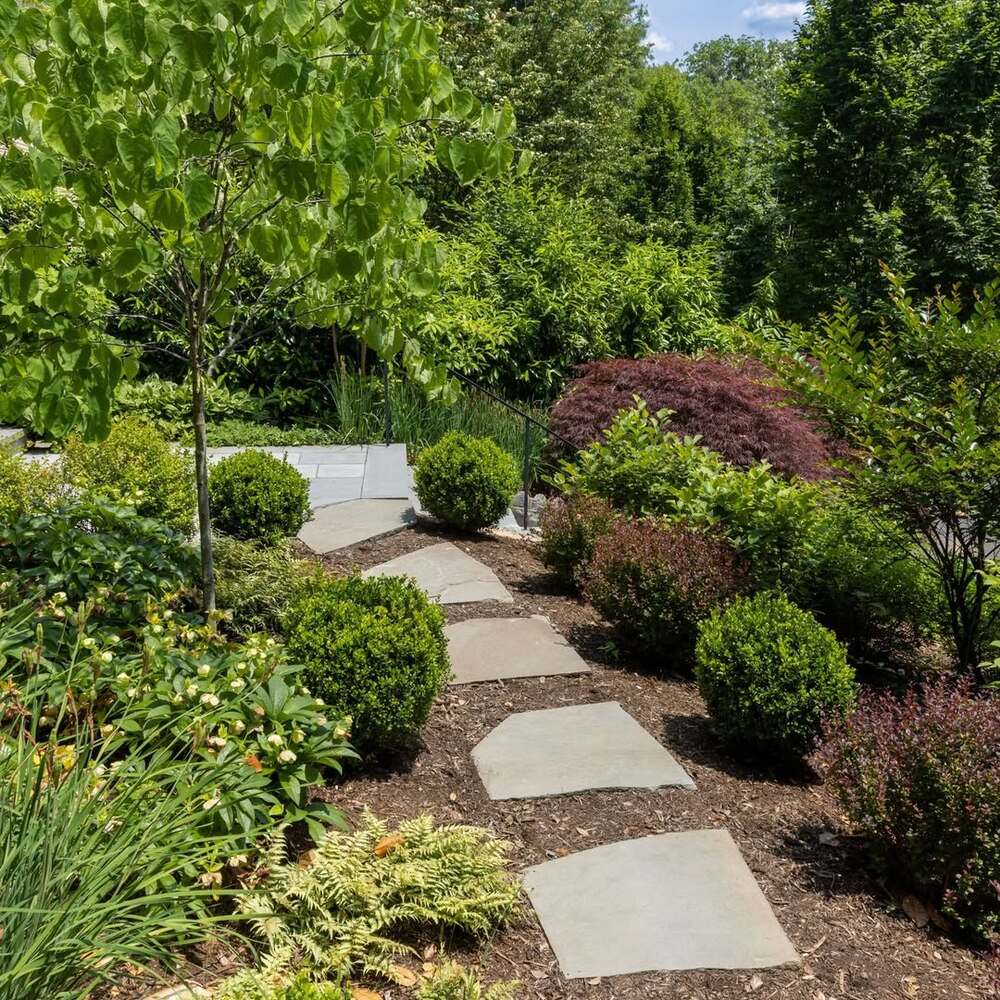
Ornamentals: Beauty With Purpose
Not all ornamentals are equal in their ecological value, but many are pollinator magnets. Some excellent container-friendly choices include:
- Zinnias: Easy to grow, long-blooming, and irresistible to butterflies.
- Salvia and Black-eyed Susan: Hardy and nectar-rich.
- Sweet alyssum and calendula: Perfect as ground covers or "spillers" in potted arrangements.
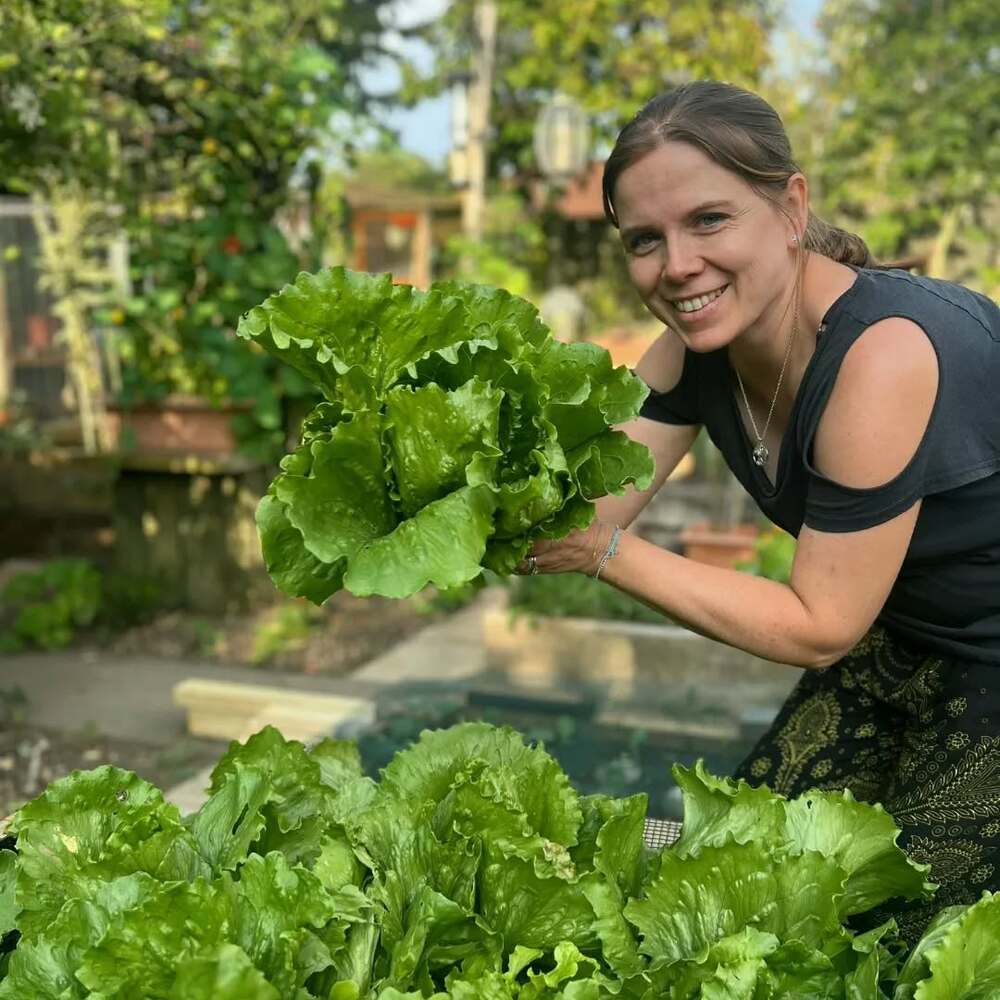
Apply the "thriller, filler, spiller" method for container designs that are visually balanced and ecologically beneficial:
- Thriller: Tall, eye-catching plants like ornamental grasses or cosmos.
- Filler: Mid-height blooms such as marigolds or petunias.
- Spiller: Cascading plants like trailing lobelia or nasturtiums.
Planting recommendations based on space orientation
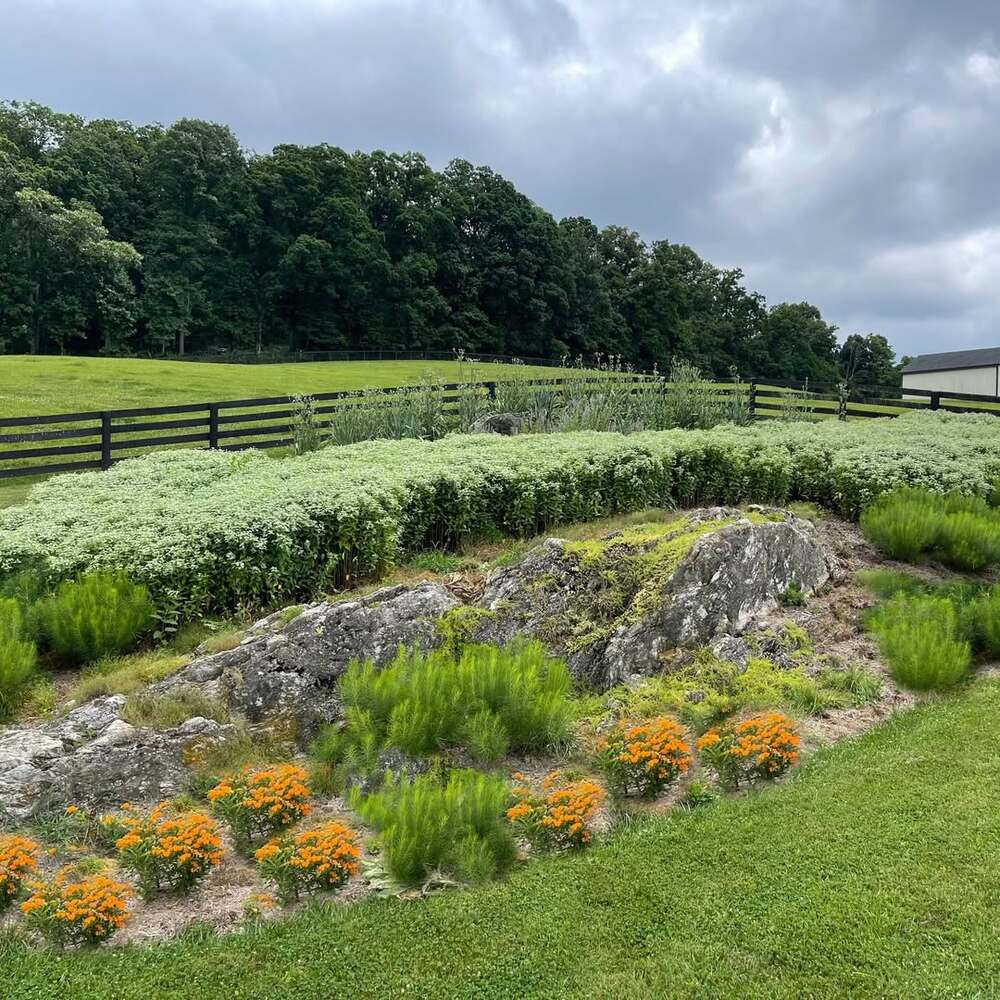
Gardening for the Future
Gardening with pollinators in mind equals investing in ecological health. A single patch of lavender, a row of chives, or an undisturbed soil corner can ripple outward into healthier crops, more birdsong, and a thriving, resilient urban environment.
Remember: you don’t need acres to make an impact. One balcony box, filled with the right blooms and buzzing with bees, is a revolution in miniature.





